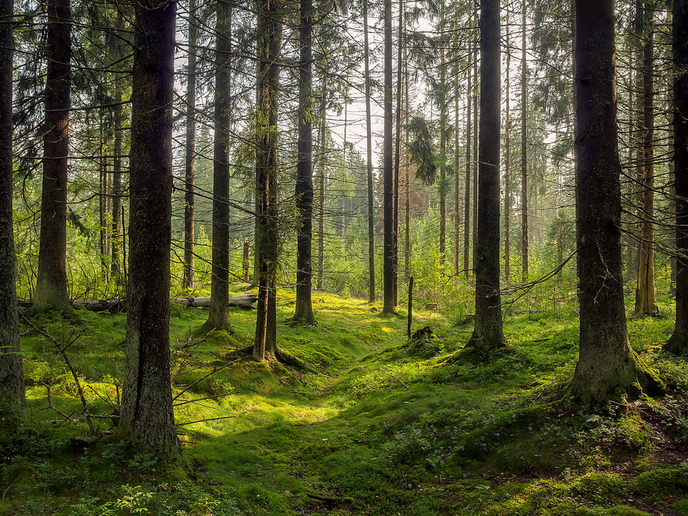Sustainable management of boreal forests
A detailed understanding of old-growth forests is crucial for their proper management and the development of conservation strategies. The aim of the 'Resilience and stability in developing tools for sustainable forest management and restoration' (RESTORE) project was to develop new sustainable management tools for boreal regions based on resilience thresholds. Scientists studied biodiversity in pristine boreal forests in the Russian Federation and then applied this knowledge in a European context. The Russian data was combined with data for managed boreal forests in Finland. This unique dataset comprised a gradient from pristine to intensively managed forests. The results were used to estimate resilience and stability in boreal forest ecosystems using biodiversity indicators and to develop tools for sustainable forest management and restoration. Researchers used new mathematical formulae and models to define research in European boreal forests and to formulate short- and long-term restoration targets. Project partners found that decomposing tree stumps were long-term carbon and nutrient pools. They also act as nitrogen and phosphorus sinks and have the potential to reduce their leaching into the groundwater and water courses following tree harvesting. Therefore, the removal of tree stumps for bioenergy production could significantly affect nutrient levels and nutrient cycling in boreal forests. Researchers also examined the impact of timber and forest chip production on the volume and decay of coarse woody debris (CWD) and epixylic species living on rotten wood. The quality of CWD was dramatically changed as a result of stump harvesting, while logging decreased cover and species richness in all epixylic groups. Furthermore, stump harvesting had a devastating effect on the quantity and species richness of mosses and other bryophytes. Restoration experiments indicated that dead wood and controlled burning had a positive effect on fungal species diversity and were useful tools for aiding recovery and sustaining biodiversity in managed boreal forests. RESTORE underlined the message that forest management should emulate succession and natural disturbances, such as fire and wind throw. The project provides major benefits for EU and national policymakers, forest managers and owners, conservationists and non-governmental organisations in both Europe and Russia.







